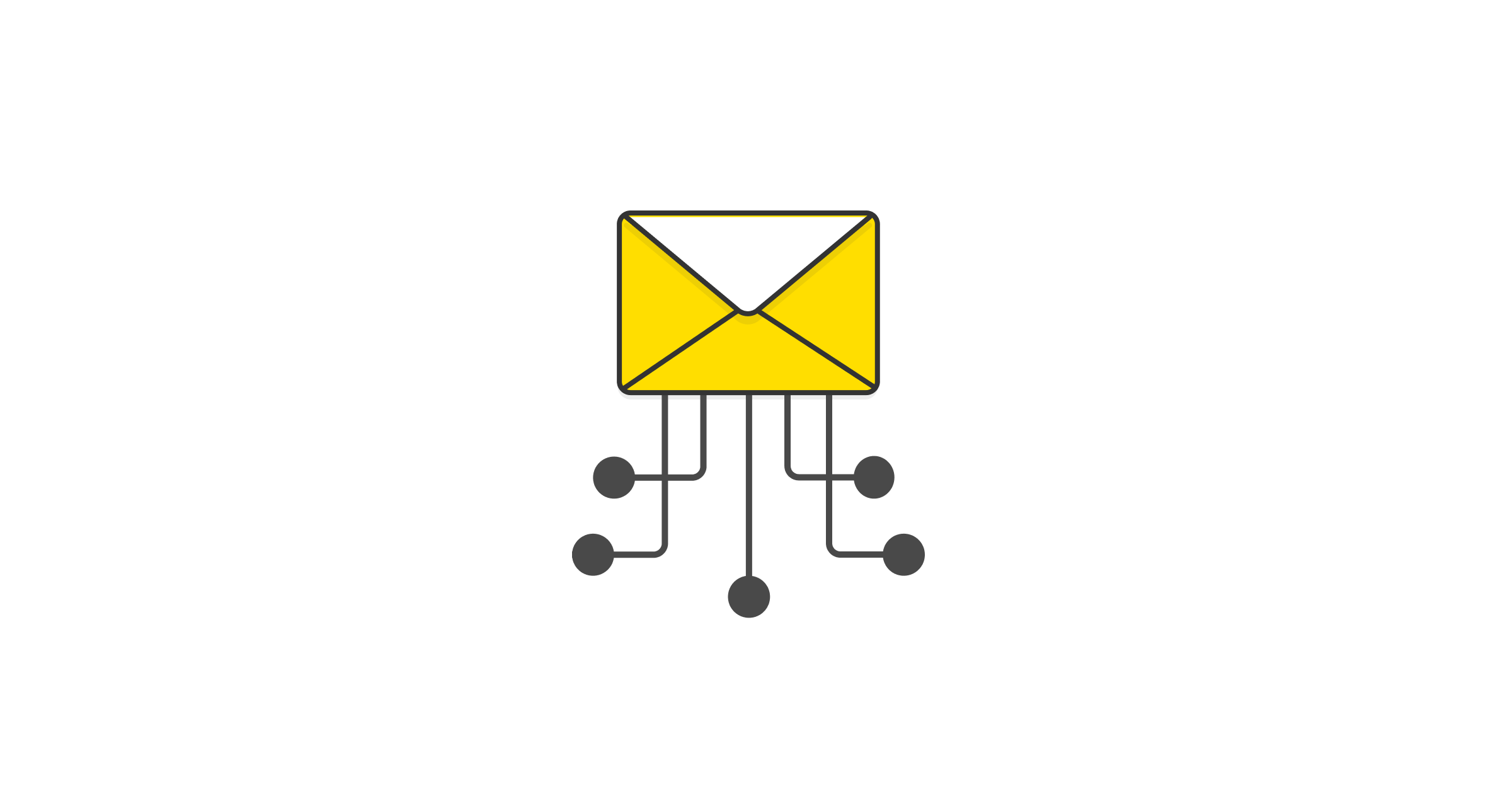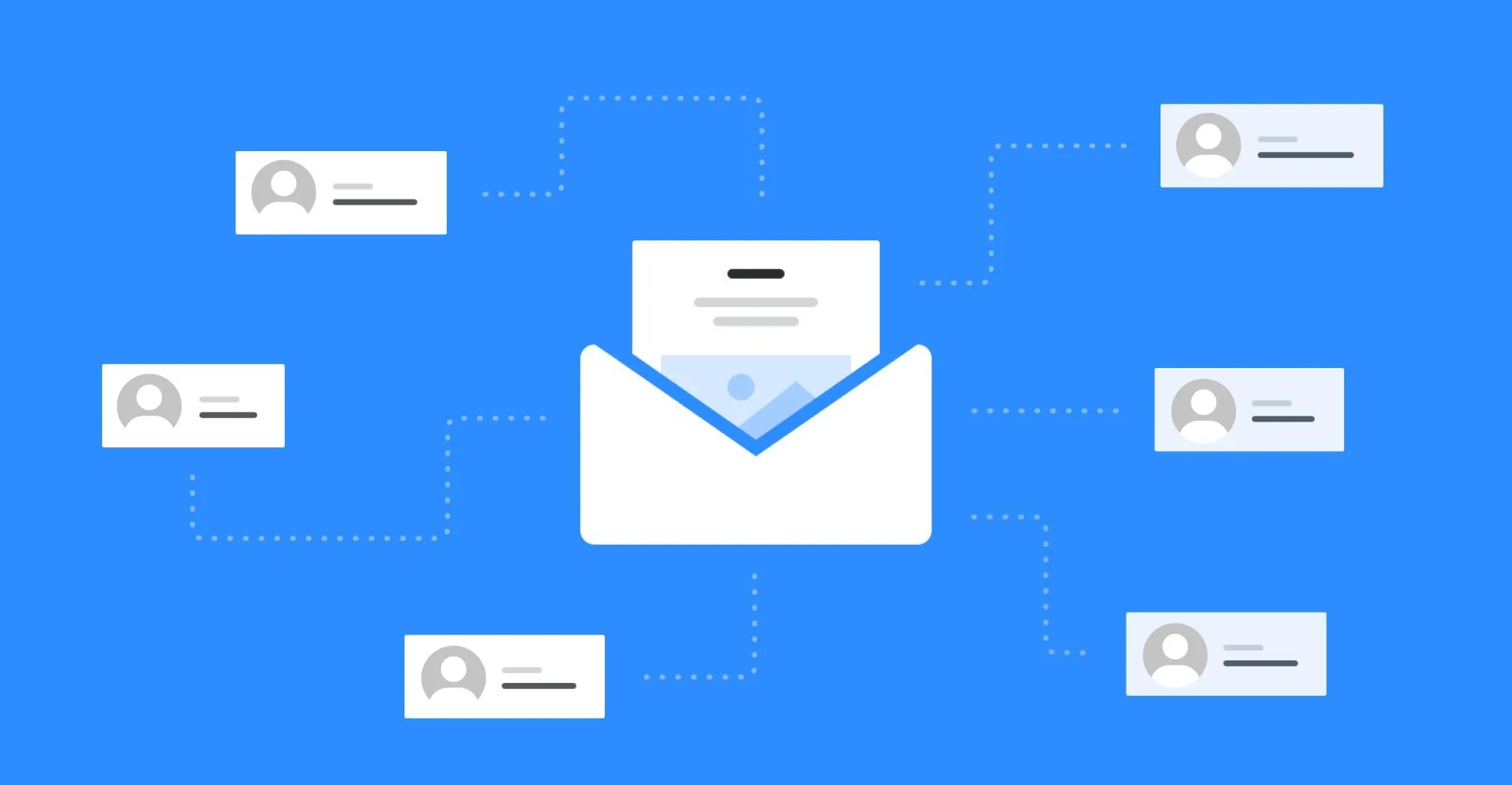Email marketing, you understand that a strong email reputation is essential for successful email campaigns. Your email reputation directly impacts deliverability rates and determines whether your emails land in the inbox or get lost in spam folders. In this comprehensive guide, we will explore the importance of checking your email reputation, discuss effective strategies to improve it, and provide valuable insights into commonly asked questions. By harnessing the power of email reputation checks, you can enhance your email deliverability and achieve better results in your marketing efforts.
Understanding Email Reputation

Email reputation refers to the perception of your sending practices and the trustworthiness of your email campaigns. Internet service providers (ISPs) and email service providers (ESPs) use various metrics and algorithms to assess your email reputation and determine the fate of your emails. A positive email reputation increases the likelihood of inbox placement, while a negative reputation can lead to email deliverability issues, including being flagged as spam or rejected altogether.
Importance of Email Reputation Check

Conducting regular email reputation checks is vital for several reasons:
1. Deliverability Improvement
By monitoring and maintaining a healthy email reputation, you can significantly improve your email deliverability. A positive reputation builds trust with ISPs and ESPs, increasing the chances of your emails reaching the inbox.
2. Sender Credibility
A strong email reputation establishes you as a credible sender in the eyes of ISPs, ESPs, and recipients. This credibility enhances the chances of your emails being opened, read, and engaged with by the intended recipients.
3. Enhanced Sender Score
An email reputation check allows you to assess your sender score, a numeric value that reflects your sending reputation. A high sender score indicates a positive reputation and increases your email deliverability rates.
4. Spam Avoidance
Regular reputation checks help you identify and rectify any issues that could lead to your emails being marked as spam. By maintaining a positive reputation, you can minimize the risk of your emails being filtered or blocked by spam filters.
Strategies to Improve Email Reputation
Now that you understand the significance of email reputation, let's explore effective strategies to improve and maintain a positive reputation:

1. Implement Proper Authentication
Ensure that your email infrastructure is properly authenticated using protocols like SPF (Sender Policy Framework), DKIM (DomainKeys Identified Mail), and DMARC (Domain-based Message Authentication, Reporting, and Conformance). Authentication adds an extra layer of trust and authenticity to your emails.
2. Optimize Engagement Metrics
Focus on improving your engagement metrics, such as open rates, click-through rates, and subscriber interaction. ISPs consider recipient engagement as an important factor in determining your reputation. Provide valuable content, personalize your emails, and optimize your subject lines to encourage active engagement.
3. Maintain a Clean Email List
Regularly clean your email list by removing invalid or inactive email addresses, as well as recipients who consistently mark your emails as spam or unsubscribe. A clean and engaged email list contributes to a positive reputation.
4. Monitor Feedback Loops
Subscribe to feedback loops provided by ISPs to receive notifications when recipients mark your emails as spam. Monitoring feedback loops allows you to quickly identify potential issues and take appropriate action to rectify them.
5. Avoid Spam Triggers
Craft your email content carefully to avoid triggering spam filters. Use relevant and targeted content, avoid excessive use of promotional language, and ensure your email template is optimized for different email clients.
Tools for Email Reputation Check
To effectively assess your email reputation, you can leverage a range of reputable tools. Here are some widely used tools:
- Sender Score Reputation Network: This tool provides an overall assessment of your sending reputation based on various factors, including spam complaints, email volume, and unknown users.
- EmailRep: EmailRep offers comprehensive email reputation checks, providing insights into factors such as email age, sender reputation, and recent activity.
- MXToolbox: MXToolbox offers an IP/Domain reputation check tool that evaluates your sending IP or domain against various blacklists and reputation databases.
- EasyDMARC: EasyDMARC provides a comprehensive suite of email deliverability tools, including IP and domain reputation checks, DMARC reporting, and authentication analysis.

Frequently Asked Questions (FAQs)
Q: How often should I check my email reputation?
A: It is recommended to check your email reputation regularly, ideally once a month or whenever you notice a significant change in email deliverability rates.
Q: What actions should I take if my email reputation is poor?
A: If you identify issues with your email reputation, take immediate action by analyzing the root causes, addressing any underlying problems, and following best practices to improve your reputation.
Q: Can a poor email reputation be repaired?
A: Yes, a poor email reputation can be repaired through diligent efforts. By implementing best practices, monitoring metrics, and focusing on engagement, you can gradually rebuild your reputation.
Conclusion
Maintaining a positive email reputation is crucial for achieving high email deliverability rates and maximizing the success of your email campaigns. By regularly checking your email reputation, implementing effective strategies, and utilizing reputable tools, you can enhance your sender credibility, avoid spam filters, and increase engagement with your audience. Stay proactive, adapt to industry changes, and prioritize the quality of your email marketing efforts to build a strong and trustworthy reputation that drives your email success.



